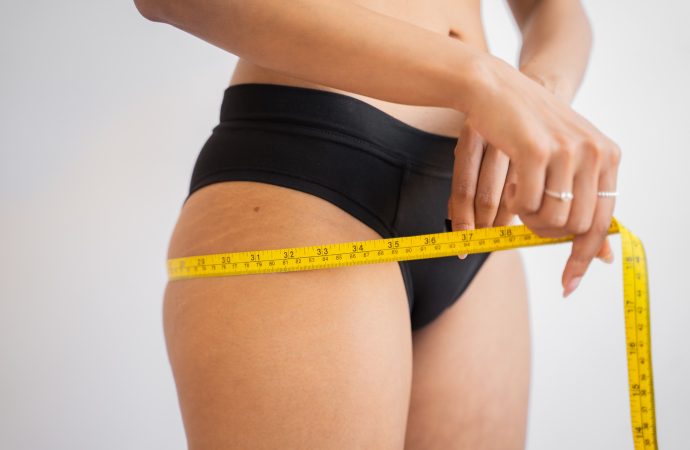In the quest for effective weight loss methods, a cool new approach has caught the attention of researchers and health enthusiasts alike: cold air. Recent scientific studies have unveiled a surprising link between chilly environments and increased calorie burning, offering an intriguing pathway to shed those extra pounds. In this article, we explore how embracing
In the quest for effective weight loss methods, a cool new approach has caught the attention of researchers and health enthusiasts alike: cold air. Recent scientific studies have unveiled a surprising link between chilly environments and increased calorie burning, offering an intriguing pathway to shed those extra pounds. In this article, we explore how embracing the cold can help you on your weight loss journey, while delving into the science behind this unique phenomenon.
When we are exposed to cold air, our bodies initiate a thermoregulatory response to maintain a stable core temperature. This response involves two types of fat tissue: white adipose tissue (WAT) and brown adipose tissue (BAT). While WAT stores excess energy as fat, BAT specializes in heat generation.
Cold air exposure triggers the activation of BAT, which contains a higher density of mitochondria compared to WAT. Within these mitochondria, a protein called uncoupling protein 1 (UCP1) plays a crucial role. UCP1 uncouples the electron transport chain, diverting energy from ATP (adenosine triphosphate) production towards heat generation. This process, known as thermogenesis, increases energy expenditure and stimulates fat burning.
Scientific research has provided compelling evidence supporting the connection between cold air and increased calorie burning. A study published in the journal Cell Metabolism found that exposure to mild cold temperatures significantly increased energy expenditure and fat metabolism in healthy individuals. Another study, published in Diabetes, revealed that activating BAT through cold exposure improved insulin sensitivity, potentially reducing the risk of metabolic disorders.
Embracing cold air as part of your weight loss journey can be done through various means. Incorporating outdoor activities during colder seasons, adjusting the thermostat to lower temperatures, or taking cold showers are simple yet effective ways to introduce cold stimuli to your body. Gradually increasing exposure time and intensity allows your body to adapt and maximize the benefits of the cold.
However, it is important to note that cold air alone is not a magical solution for weight loss. A comprehensive approach to weight management includes a balanced diet, regular exercise, and other healthy lifestyle choices. Cold air exposure should be seen as a supplementary tool rather than the sole strategy for achieving weight loss goals.
Safety and moderation are key considerations when implementing cold air exposure strategies. Prolonged or extreme exposure to cold temperatures can lead to hypothermia and other adverse health effects. It is advisable to consult with medical professionals, particularly if you have pre-existing health conditions or concerns.
Beyond its impact on weight loss, cold air offers additional benefits to overall well-being. Exposure to cold environments has been associated with improved mood, increased alertness, and enhanced immune function. These added advantages make embracing the cold an enticing proposition for holistic health.
In conclusion, the cool way to lose weight through cold air presents an intriguing and unconventional approach to weight management. By activating brown adipose tissue and inducing thermogenesis, embracing colder temperatures may contribute to increased calorie burning and support fat loss efforts. However, it is essential to adopt cold air exposure as part of a comprehensive and balanced lifestyle, while prioritizing safety and seeking professional advice when needed.
So, if you’re ready to add a refreshing twist to your weight loss journey, consider the cool way. Embrace the power of cold air and discover a unique pathway to a healthier, fitter you.

















Leave a Comment
Your email address will not be published. Required fields are marked with *